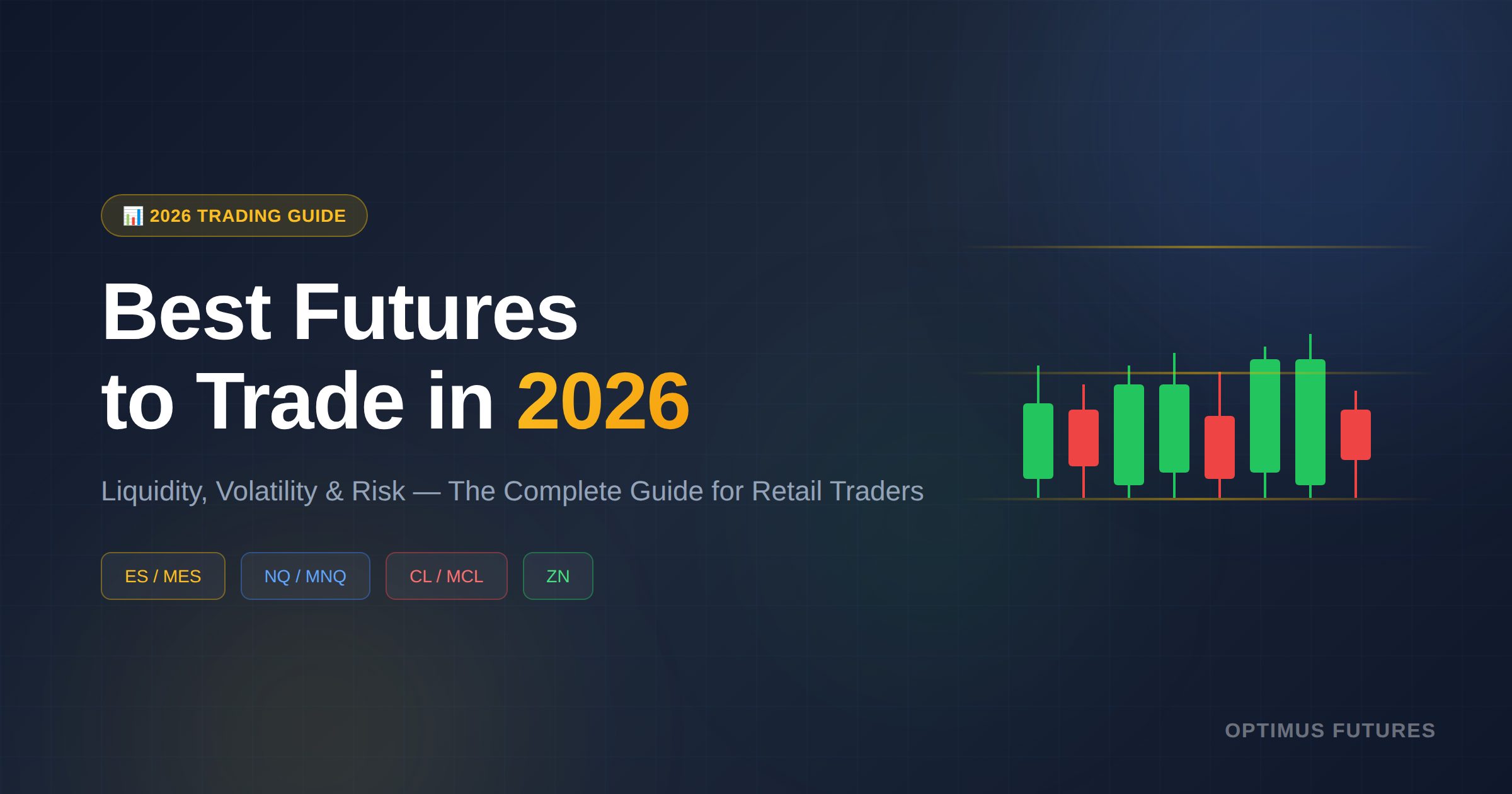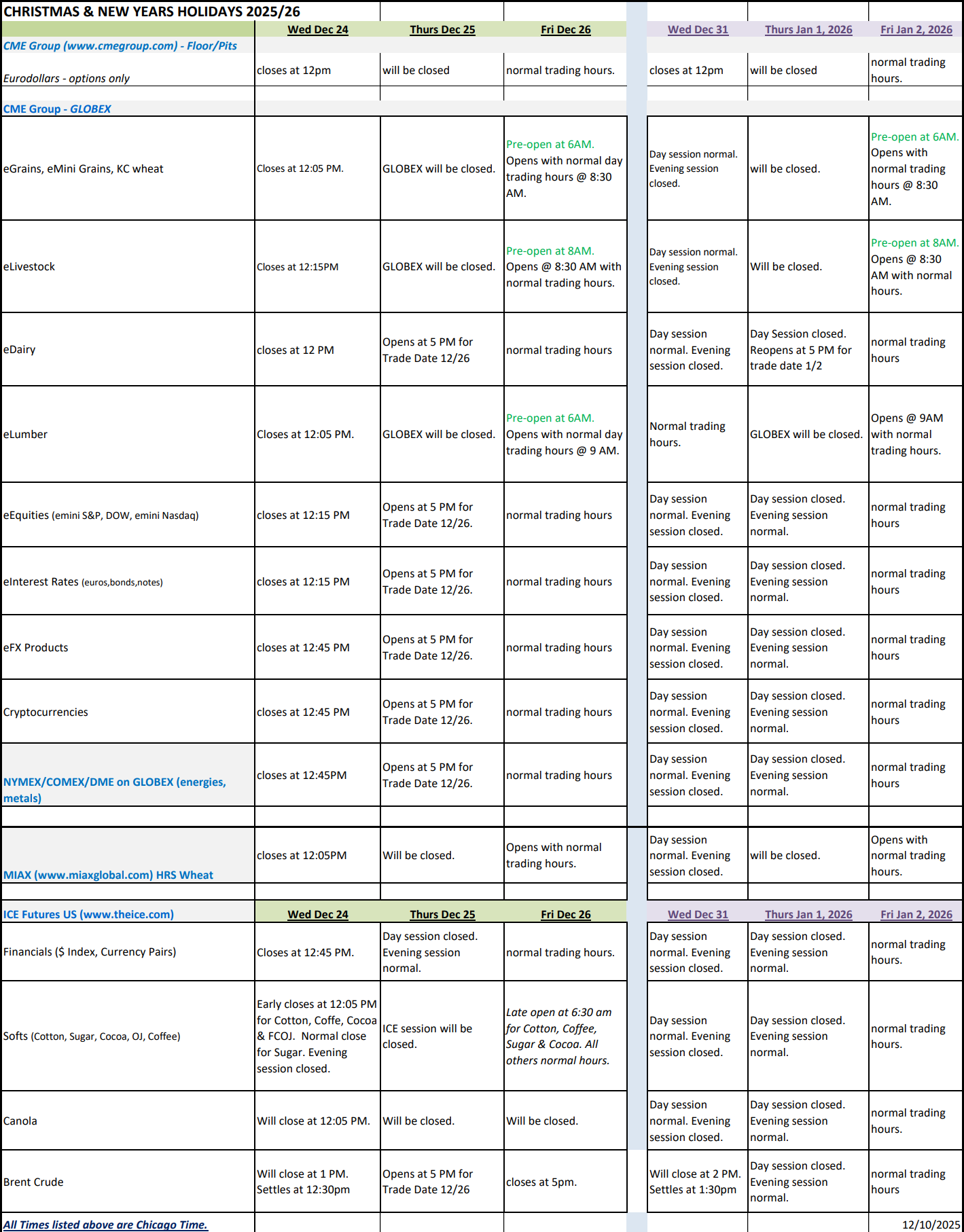Being able to read mass psychology and the orderflow of buyers and sellers in chart patterns will give you an edge when it comes to understanding the sentiment that is behind the price movements. The Head and Shoulders pattern is a commonly used chart pattern and understanding how and why it is being formed on your charts can help you understand market sentiment much better.
It all starts with Highs and Lows
Before getting into the nitty-gritty, we have to establish a basic understanding of market structure. The Head and Shoulders pattern is so powerful because it visualizes market structure better than any other pattern.
Although it sounds very basic, the way highs and lows form on your charts tells you almost everything you need to know. Highs and lows define the markets and price patterns, charting techniques; and most price analysis concepts are built on the analysis of highs and lows.
The screenshot below shows a basic Head and Shoulders pattern. The left “shoulder” is the first high, the “head” is a new higher high and the right “shoulder” provides the first clue that sentiment is turning. When price fails to make a higher high it is a strong indication that buyers have left the arena. The break of the lows (green circle) is the next clue that sentiment has shifted because price is now also making new lower lows.
What is happening inside a Head and Shoulders pattern
The previous example is a very basic one and there is, of course, much more to the Head and Shoulders pattern than high and lows. The next screenshot takes a deeper look inside the Head and Shoulders pattern. We will go through the individual points step by step.
- This is the initial push to make the first high – the left shoulder. Clearly, buyers were able to move price higher with little to no opposition from sellers.
- Price moved back into previous support and found buying power again. The sellers weren’t able to move price past the previous support area which indicates a strong imbalance between buyers and sellers.
- Price made a fresh high – the head. The move up to the high showed again that buying power was much greater than selling power.
- After the new high, price did not make a new low, but it didn’t make a new high either – the right shoulder. At this point, sentiment hasn’t completely shifted yet, but the bullish power is fading slowly.
- Now, we have a confirmed sentiment shift after breaking the previous support – the break of the neckline. Buyers weren’t able to hold the support and sellers brought it down further. The break of the support of the right shoulder is usually the entry signal on the Head and Shoulders pattern because it completes the sentiment change from bullish to bearish.
Multiple timeframe analysis
The Head and Shoulders pattern is not only a pure signal pattern, but it can be used in the context of a higher timeframe analysis. The screenshot below shows such a scenario. The top left snippet shows the Daily timeframe, while the main area is the 4H timeframe of the same market.
The Head and Shoulders pattern is obvious on the higher timeframe, but at the same time, the lower timeframe was already providing some clues about the sentiment shift. It took some time to form the complete Head and Shoulders pattern on the higher timeframe, but the lower timeframe already started to show a sequence of lower highs. Although the lower timeframe wasn’t making new lows, the consecutive lower highs were a strong indication of a lack of buyer support.
The Head and Shoulders pattern alone should not be used to hunt down signals, but as a means to analyze market sentiment. The sequence of highs and lows is what shapes the market and it provides all information necessary to form a sophisticated opinion about the sentiment and the balance between buyers and sellers.
There is a risk of loss in futures trading. Past performance is not indicative of future results.






